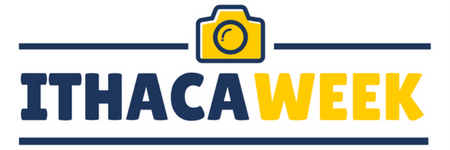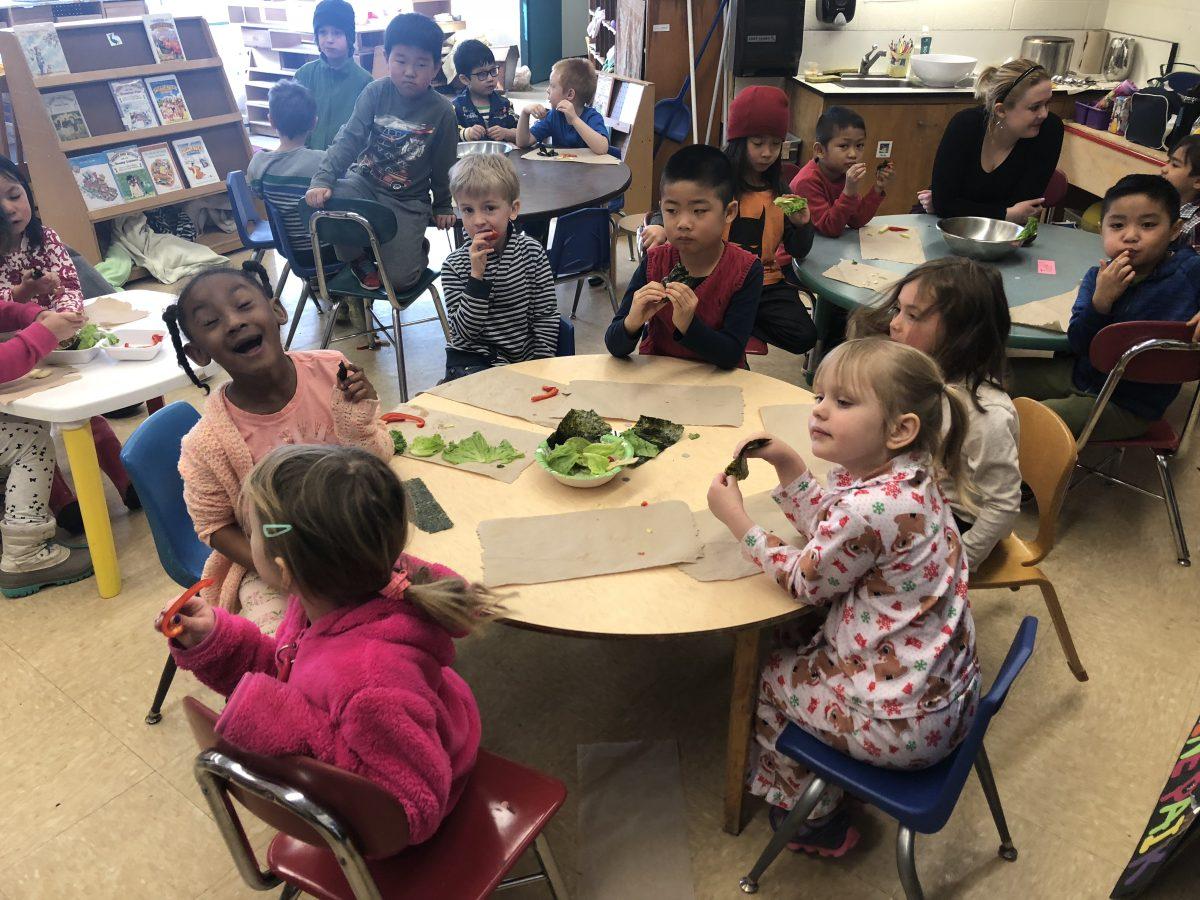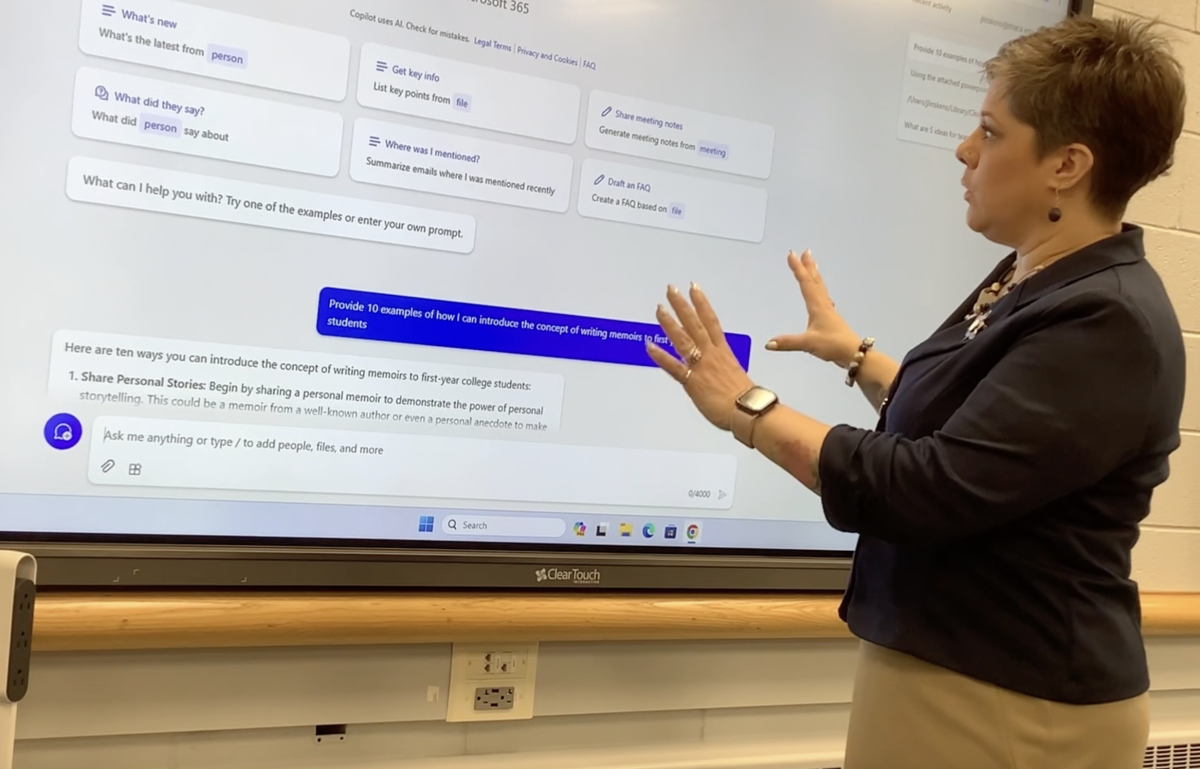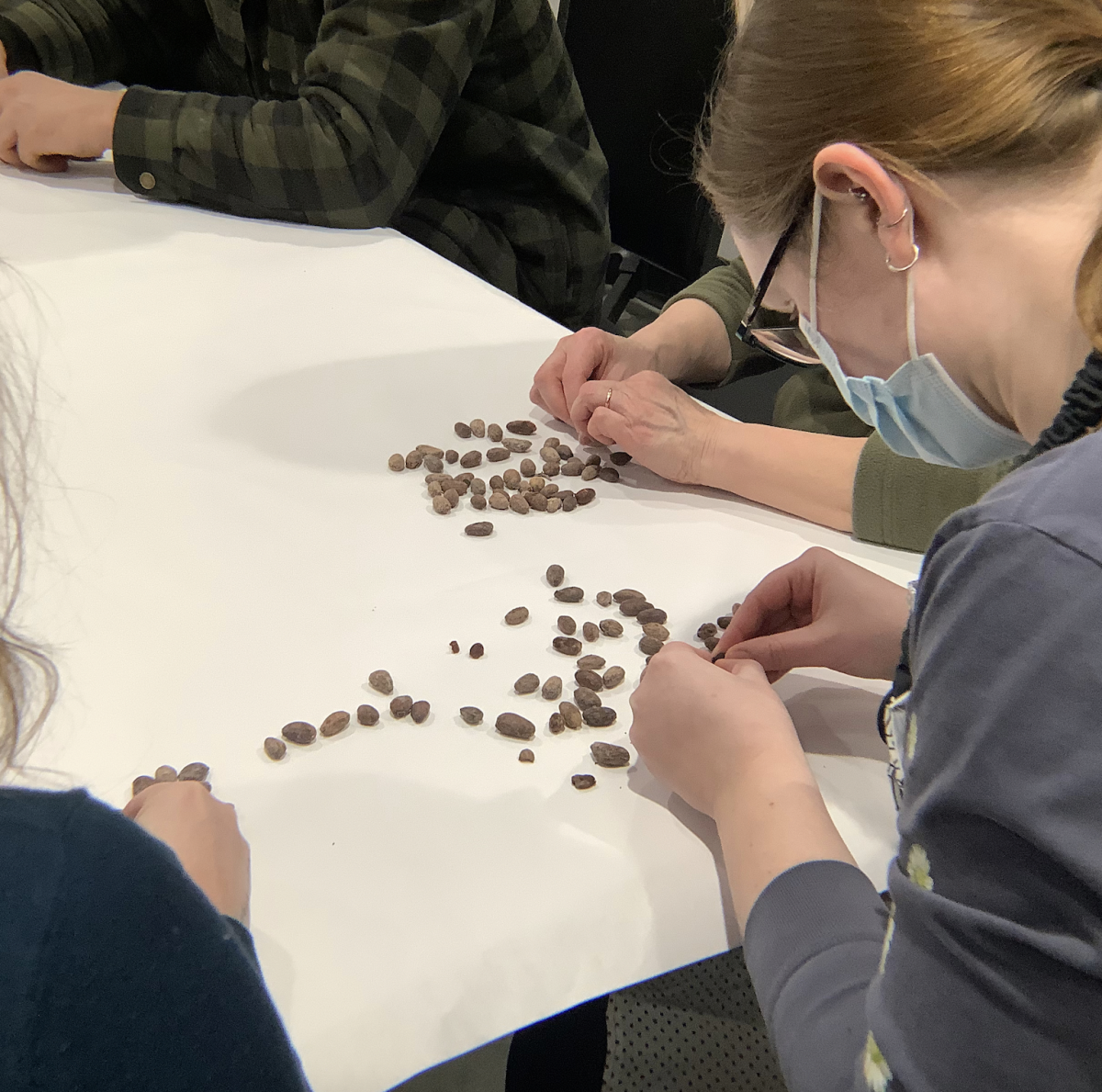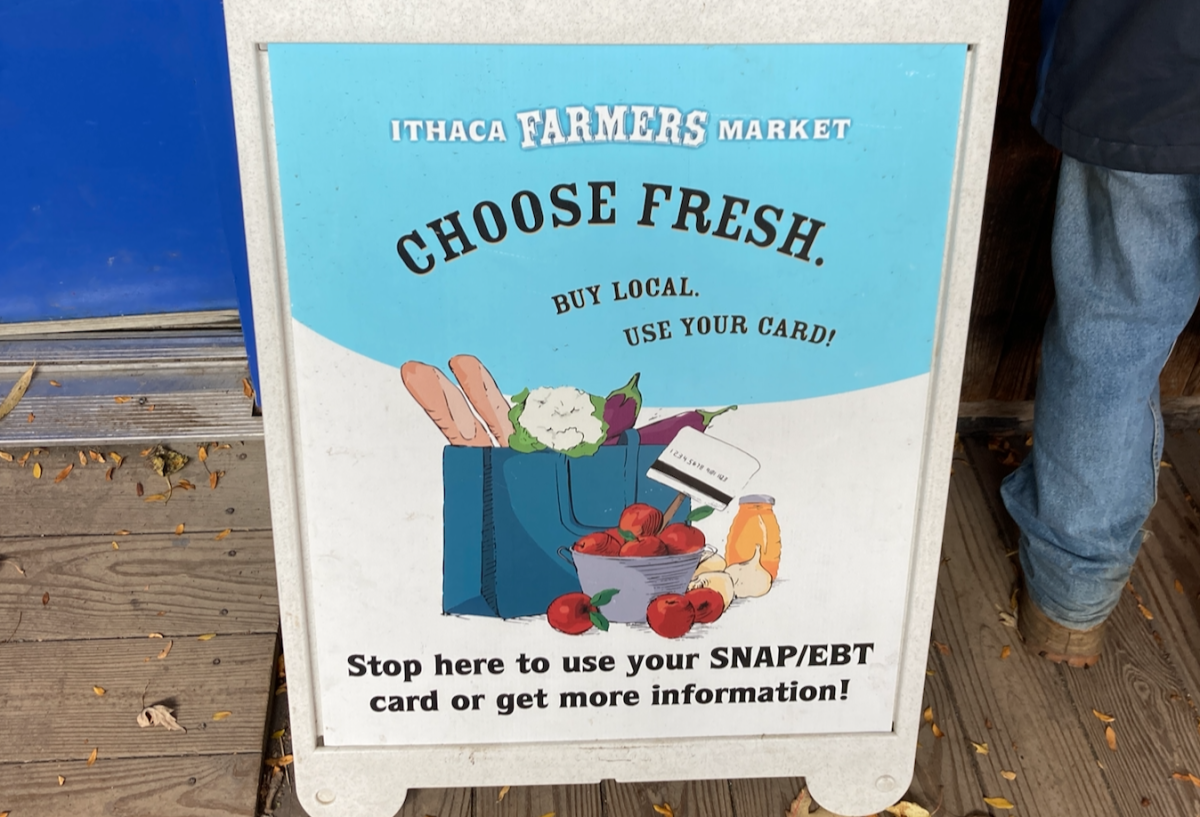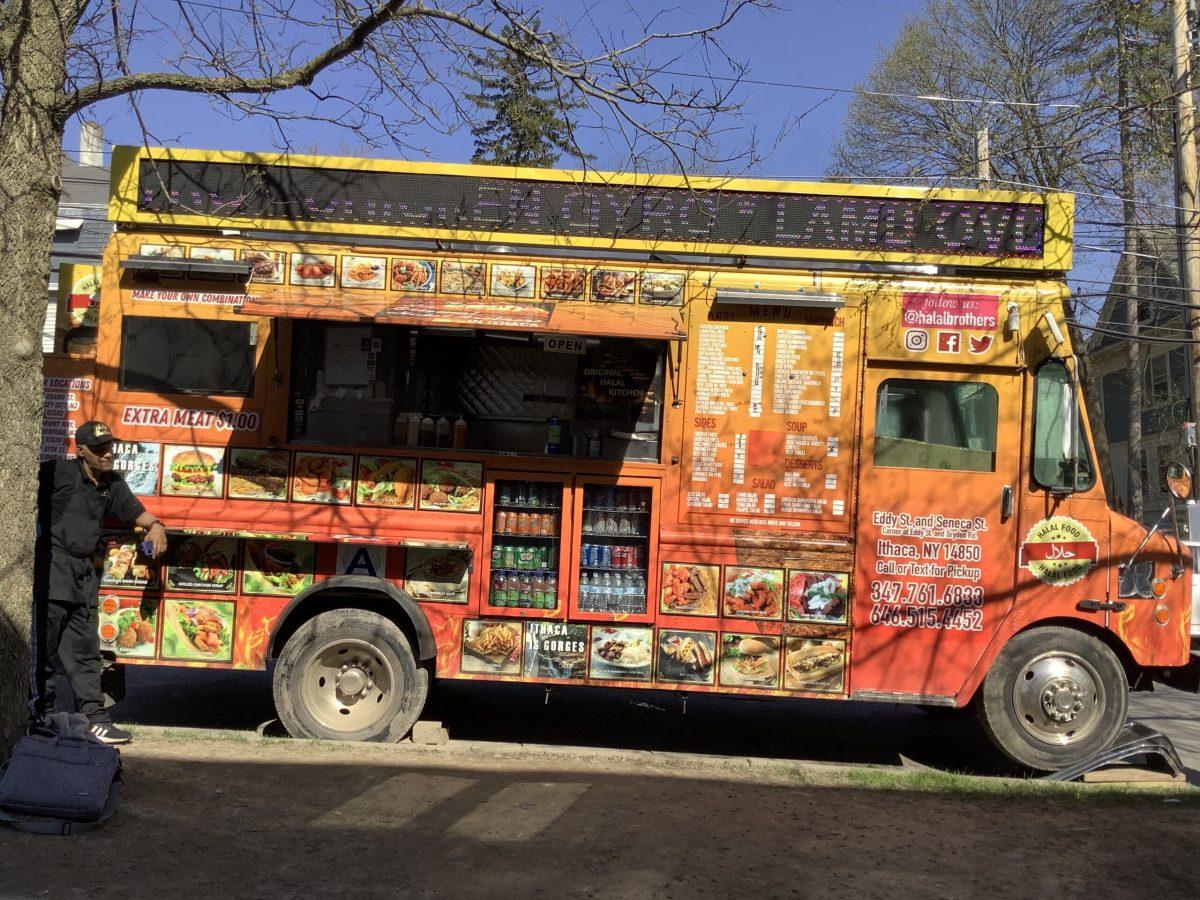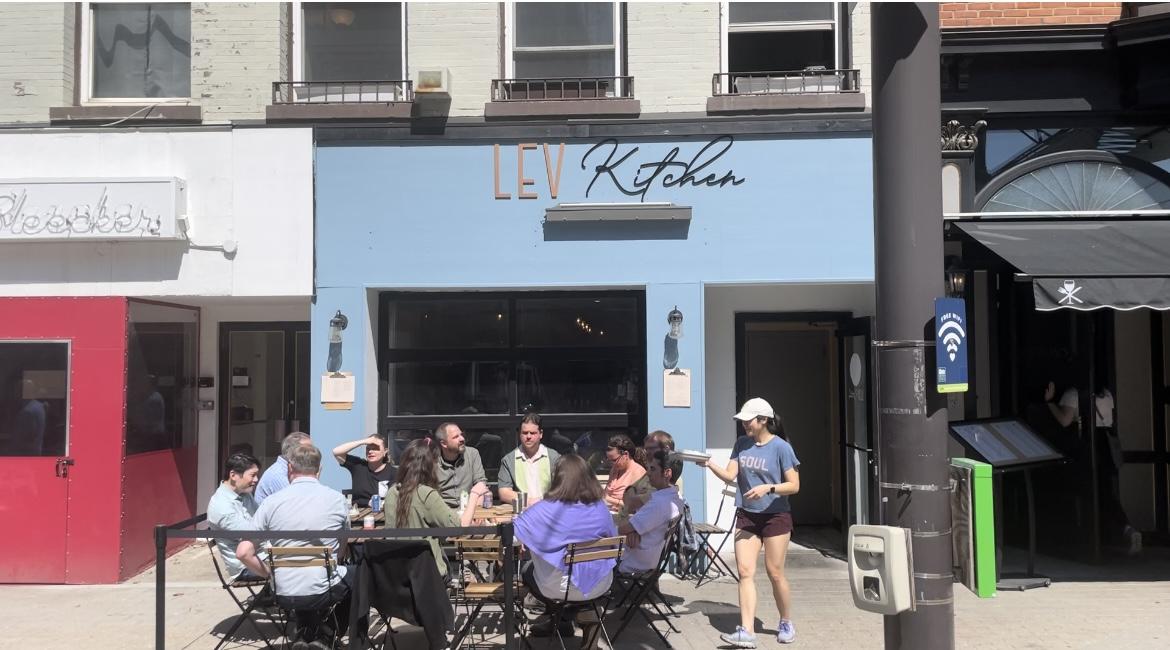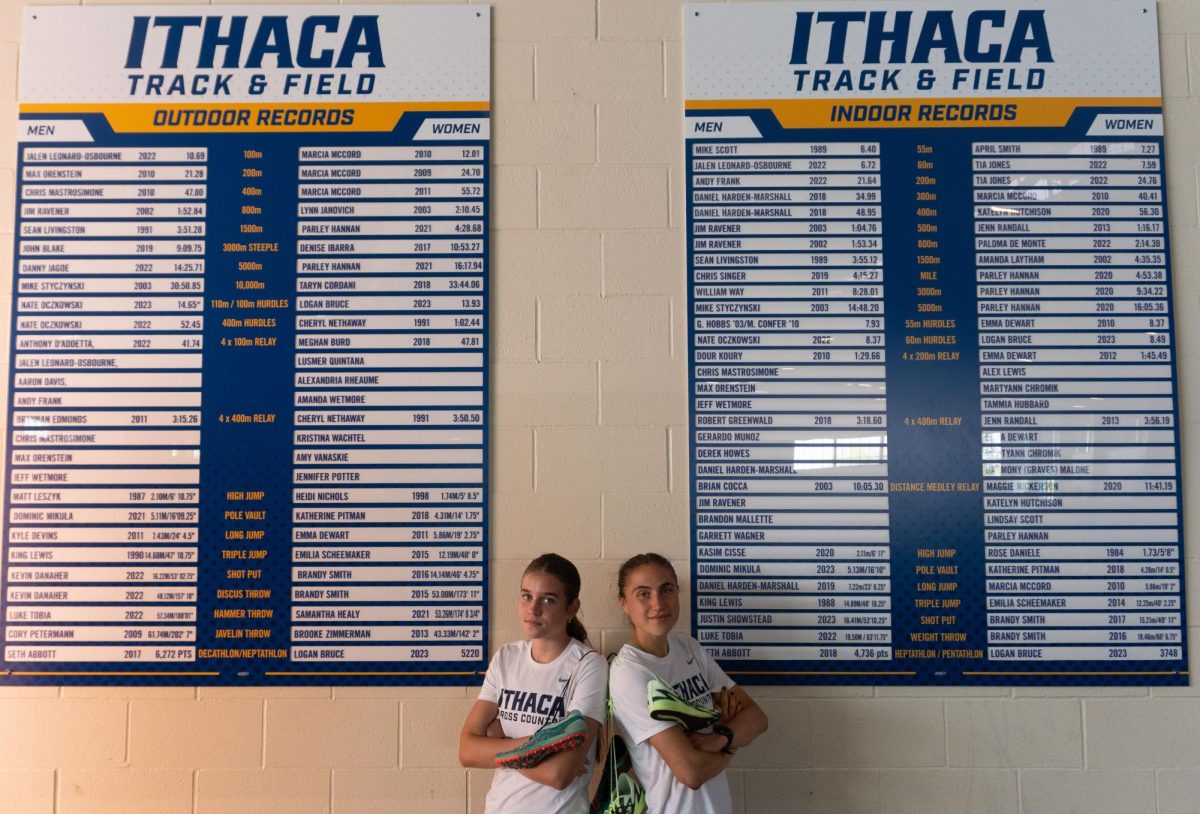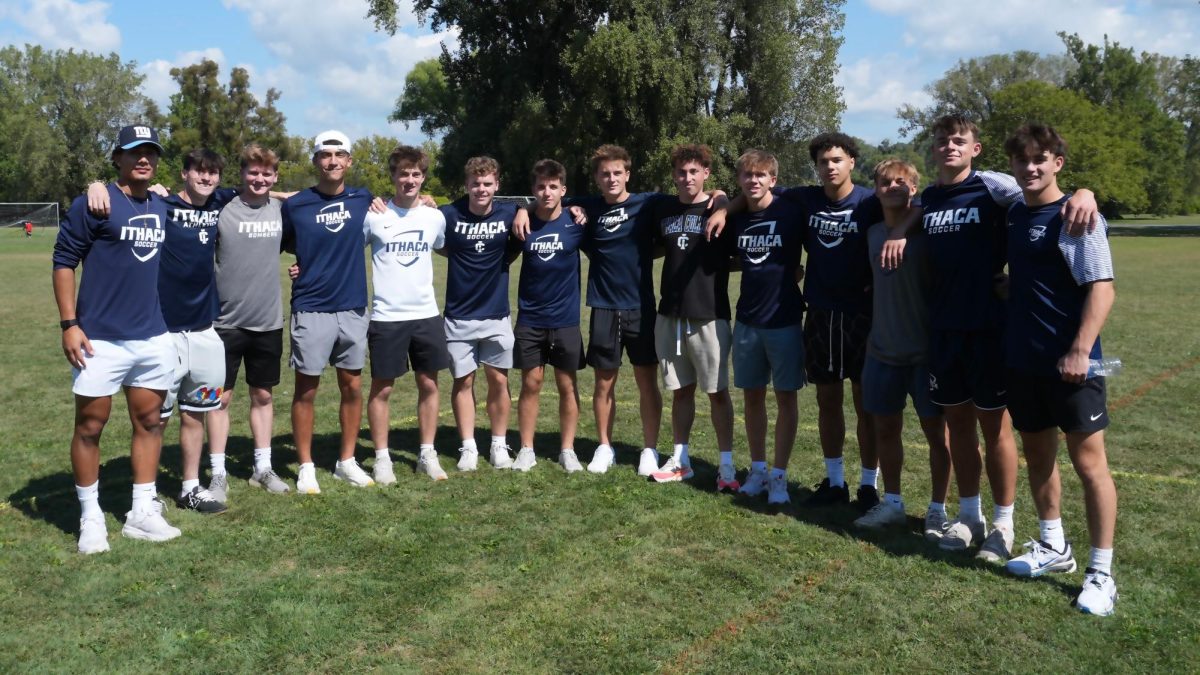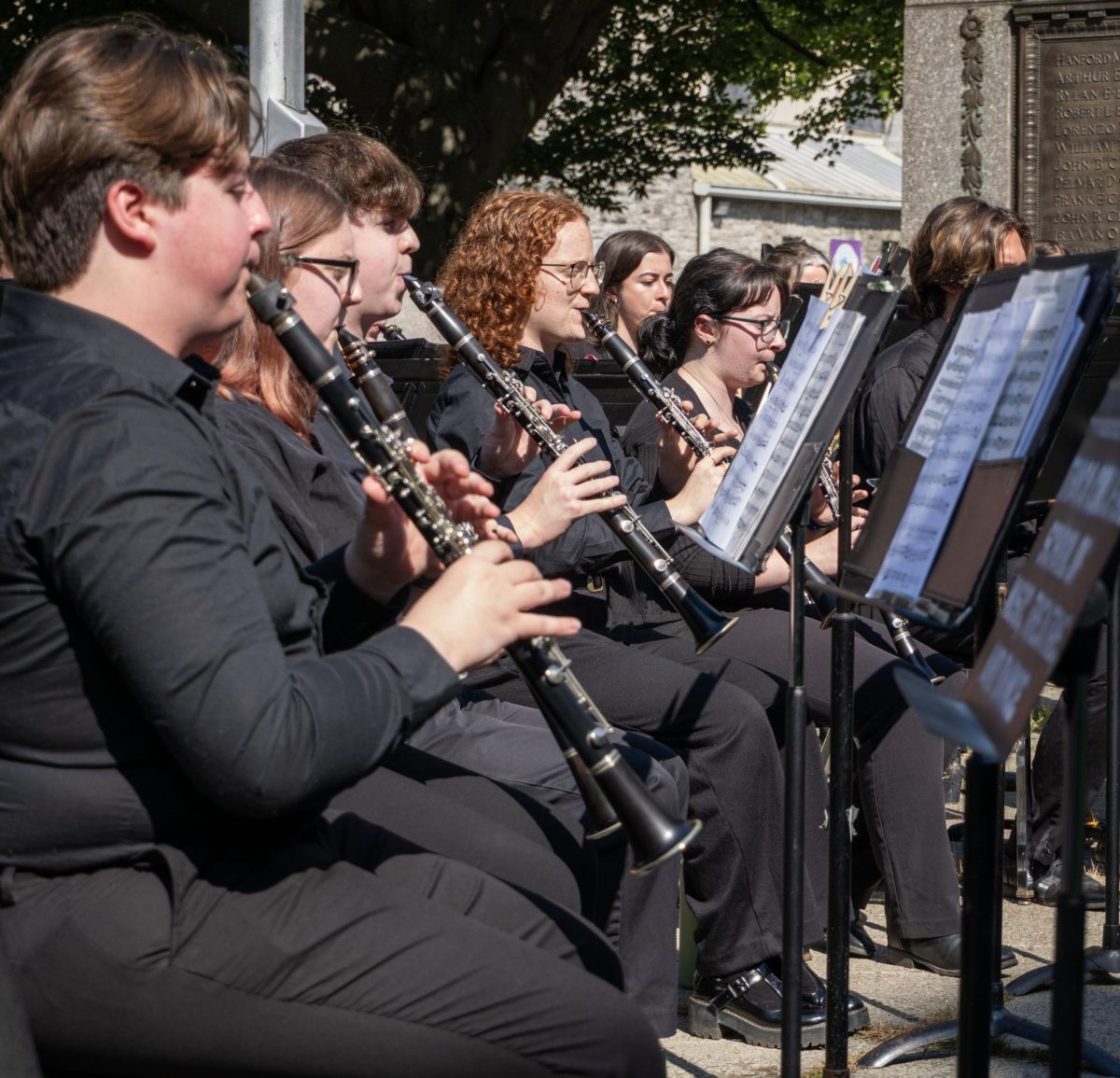
Cider pressing. Butter churning. Pumpkin carving. These were just some of the activities that took place at the Youth Farm Project’s harvest festival on Sunday, Oct. 6 in the town of Danby, where the Fresh Snack Program celebrated its 10-year anniversary.
The Fresh Snack Program is an initiative under the Youth Farm Project that strives to provide Ithaca elementary school students with equal access to locally-grown whole fruits and vegetables 2-3 times a week. The program was piloted in 2009 by Amie Hamlin, executive director of the New York Coalition for Healthy School Food, with the goal of mirroring the federal Fresh Fruit and Vegetable Snack Program.
Launched at Beverly J. Elementary School, the Fresh Snack Program underwent several sponsorship changes before joining forces, in 2016, with the Youth Farm Project—a farm that teaches sustainable farming practices and engages young people to build equitable food systems by recognizing the oppression within them. Today, six of Ithaca’s eight elementary schools are involved, with Northeast Elementary School joining most recently.

Christa Nunez, snack manager of the Fresh Snack Program, said the program has two primary goals: ensuring that every student receives a healthy snack and providing food education through different forms of programming such as cooking classes.
“Not every parent can bring in a snack for the whole classroom, as some classrooms do have a snack calendar, and there’s different levels of access to healthy things. So, we make sure that there’s a standard for healthy snacks that every child can access,” she said. “Number two is the education piece—really helping them to embrace it from a deep understanding of where the foods come from…who’s growing the foods that [they] eat [and] how to grow their own food…”
With every snack, students are given “Fresh Bites,” which are tidbits of nutritional or historical information about the food being served. Additionally, the program offers in-class education programming called “Rainbow Nutrition,” which usually consists of creating a snack and learning about its health benefits.
Vanessa Wood, former snack manager and current consultant on the Fresh Snack Program’s advisory board, said because the program is tactile and experiential, students are more likely to eat the fruits and vegetables served.
“A lot of students will try different kinds of produce in school that they don’t try at home,” she said. “I’ve gotten a lot of feedback from parents actually saying, ‘I don’t understand. My first grader was asking for fresh spinach at the grocery store. We’ve never even eaten it [at home].’”

Nunez said the program is looking to “track” students from their first encounter with the Fresh Snack Program and assess how it has affected their eating habits over time. She recalled a high school student, who didn’t have as much access to fruits and vegetables in their household, but fully embraced the program, even eight years later.
“[The student] …missed having snack [during school breaks] because their tummy wouldn’t feel good when they were at home because their diet had changed,” Nunez said. “…Then, as an older person…and typically, you think high schoolers just want to eat hot Cheetos and burgers, but he made sure he used his going out money to buy fruits and vegetables.”
The Fresh Snack Program organizers plan to expand fundraising in order to add the last two Ithaca elementary schools to its roster—South Hill and Fall Creek elementary schools—starting next year, if not earlier. Nunez said they would also like to eventually work with the local middle and high schools, as well as other schools in the surrounding school districts.
Audrey Baker, former farm-to-school coordinator who currently serves on the Youth Farm Project’s board, said the Fresh Snack Program has been called “the great equalizer.”
“It doesn’t matter if you’ve brought your lunch that day, or if you buy your lunch. It doesn’t matter if you knew what a pepper was before you walked in the door or not. You’re going to know by the end of the day,” she said. “I think the power of food to help build equity in a community is really what I think of as the Youth Farm [Project] and the Fresh Snack Program and everything they’re doing with food.”
